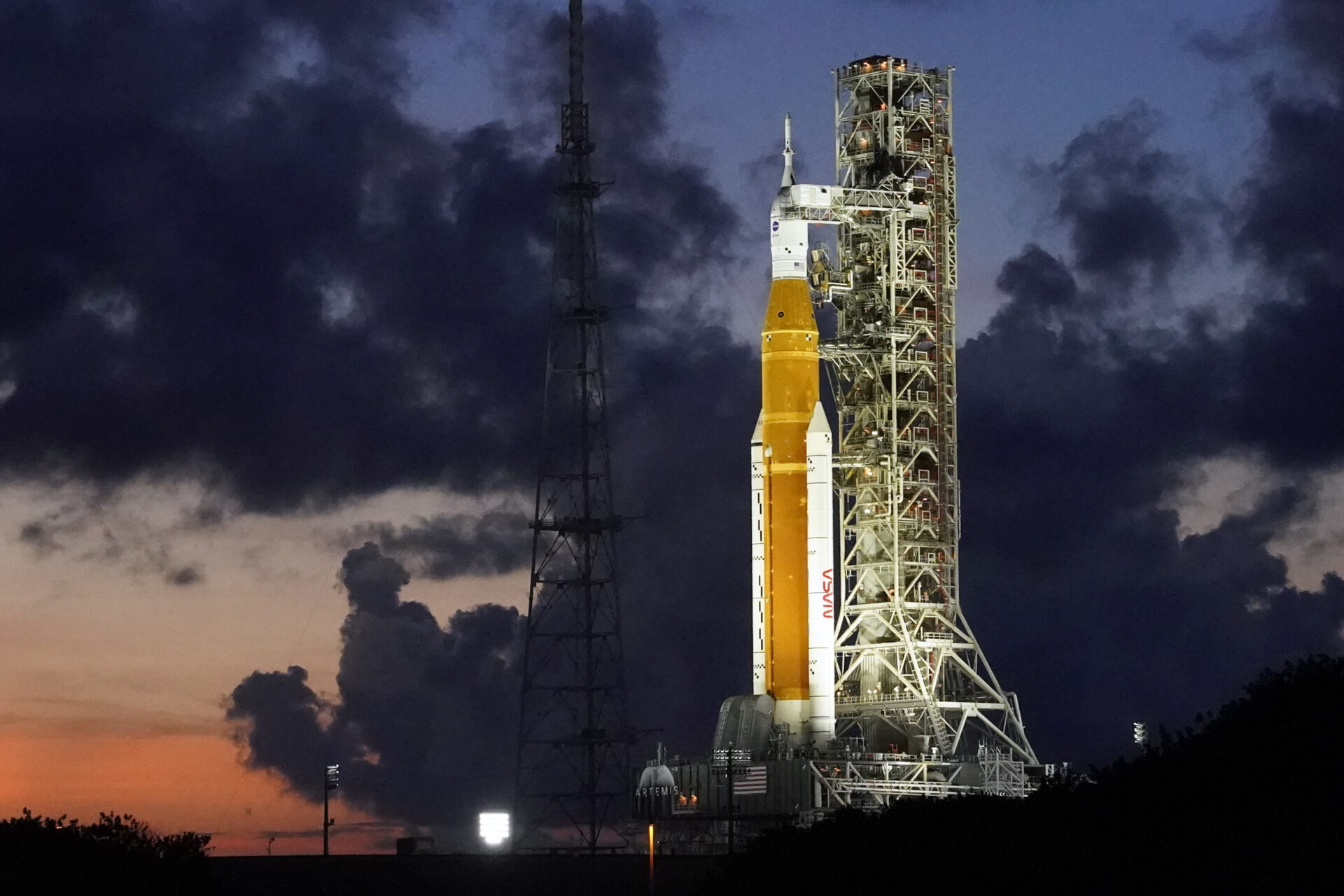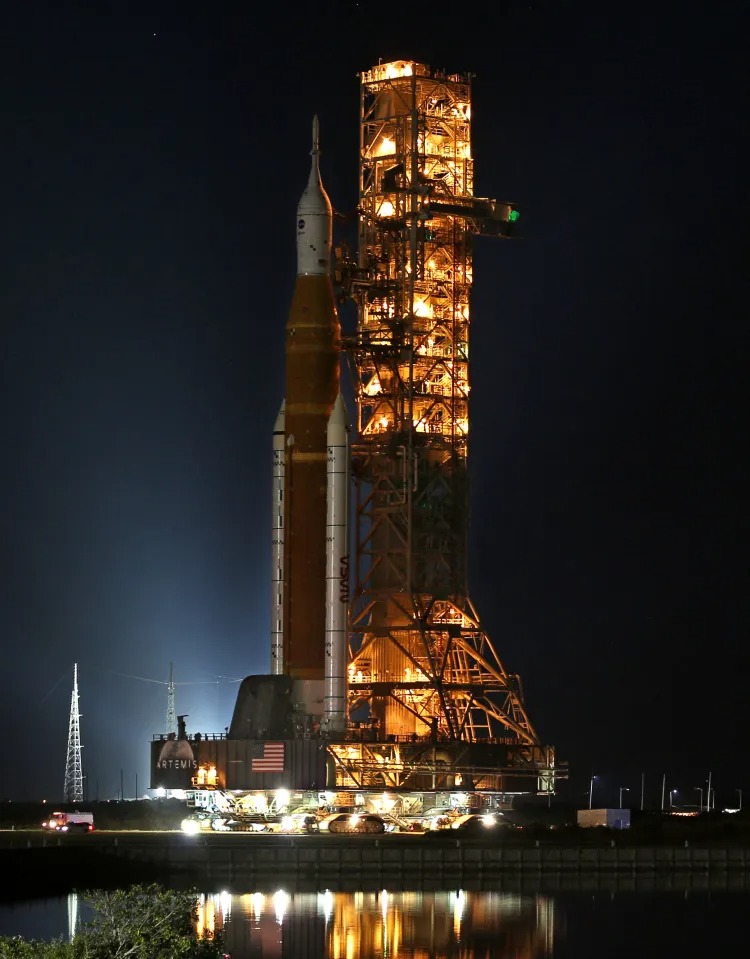NASA is making final preparations for the first flight of its next-generation Space Launch System (SLS) rocket and Orion spacecraft as part of the Artemis I mission to the Moon. According to the plan, NASA’s most powerful rocket to date will launch from the Kennedy Space Center in Florida from Launch Pad 39B on Monday, August 29, promising to be one of the most spectacular launches in recent decades.

The launch window opens at 8:33 a.m. Eastern time (04:33 p.m. GMT+3) on August 29 and will be open for two hours. But the weather forecast may disrupt NASA’s plans. Meteorologists assume that a storm will pass over the space center on the day of launch. Such bad weather may force NASA to postpone the launch.
NASA has shared a detailed list of launch criteria that must be met to safely launch the SLS. The Space Agency defines 17 criteria for the safe launch of the Artemis I mission, so if you combine this with Florida’s reputation as a stormy place, especially in summer, don’t be surprised if the SLS rocket and the Orion spacecraft don’t make it to schedule.
NASA Hazard Criteria
According to NASA rules, a rocket cannot be refueled if the average temperature per day at an altitude of 40-80 meters is less than 5.2 °C. After refueling, the SLS will be able to start only if the temperature at an altitude of 40-80 meters is below 34.7 °C for 30 minutes in a row. The launch depends on the wind. For example, the wind at the launch of a rocket should be weaker than gusts of 14-20 m/s. NASA must also assess the probability of a lightning strike and cannot give the order to launch for at least 30 minutes if lightning is observed within 20 km of the flight path.

Clouds in the launch pad area will also be carefully monitored. Some formations and types of clouds may delay the launch. If precipitation falls during the launch at or near the Kennedy Space Center, NASA will suspend the countdown.
The Space Agency will make a final decision when it receives a forecast from the 45th Meteorological Squadron, which provides a detailed weather assessment for air and space operations in the United States. If the SLS rocket and the Orion spacecraft are unable to take off on Monday, the launch will be postponed to September 2, and then to September 5.
Artemis Mission
Artemis is a great and super-important NASA project, because as part of this mission, the space agency plans to send the first woman and the first African-American to the Moon by 2025. The Artemis I flight is a crewless test during which Orion will perform an orbital maneuver around the Moon to test the operation of three key components before humans can board. After making a loop around the dark side of the Moon, the rocket should land in the Pacific Ocean off the coast of San Diego.
Earlier we reported how the 10-hour video transportation of the SLS rocket was compressed into 25 seconds.
Follow us on Twitter to get the most interesting space news in time
https://twitter.com/ust_magazine

